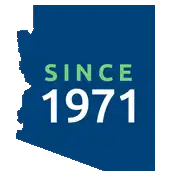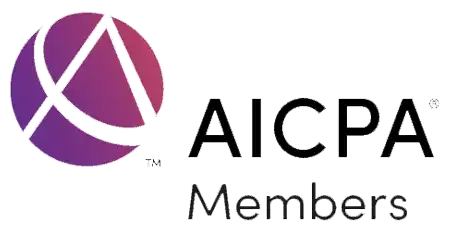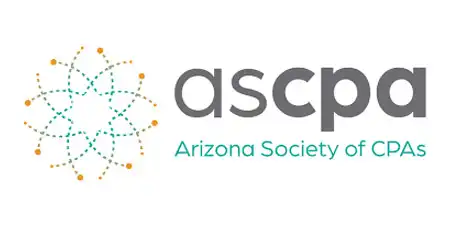We interpret the language to mean that Tribes can recoup from the Fund the cost of administrative leave that they provided to government employees due to the stated reasons. Under that interpretation, Tribes can recover the costs of providing administrative leave to employees who have been unable to work during the entire time that their operations have been shut down during stay-at-home orders or due to occurrences of COVID-19 in the workplace. We have consulted with colleagues in the accounting and legal professions who are advising Tribes in CARES Act matters, and they concur with our interpretation.
We note that there is no restriction regarding the job duties or classifications of the affected employees. This is a major departure by Treasury, which has included restrictive language in other sections of the Guidance regarding payment of wages and fringes using the Fund. This may be a game-changer for Tribes and may even portend further relaxation of Fund eligibility requirements down the road.
IMPLEMENTATION
Tribes will need to structure their administrative leave programs to create a strong documentation trail. Here are essential elements to consider:
- Adopt an administrative leave policy that specifies the conditions under which employees qualify to receive leave.
- Coordinate the policy with other leave policies. For instance, consider the impact of vacation and sick leave accruals and whether to require that other leave be taken before an employee may take administrative leave.
- Establish a special pay code in your payroll system to isolate wages paid and fringe benefit costs incurred under the program.
- Identify and document the employees who have been sent home and are unable to work.
- Determine the effective dates for the program. The earliest beginning date should be the initial award of administrative leave on or after the date of the initial shutdown or stay-at-home mandate, but there may not be continuous eligibility due to reopening and reclosing.
- Create a time record for each affected employee in each pay cycle to support their continued participation in the program.
- Create a separate program in the general ledger to support Treasury reporting.
SCOPE
The question has arisen: Can or should Tribes transfer wages and fringes from other federal awards for the affected employees? The corollary question is: Must they apply the same approach to all federal awards equally? There are pros and cons to consider.
Pro
- Transferring federal dollars will use the Fund more quickly.
- The transfer would relieve a financial burden on programs that receive a Tribal supplement due to inadequate federal funding.
Con
- The wages and fringes will not earn indirect costs if they are transferred (unless Treasury allows indirect costs, indirect-type costs, or administrative charges down the road).
- The wages and fringes may already have been reported to the awarding agencies, which will necessitate revised reports.
- There is guidance from the Office of Management and Budget, the Department of Labor and the Department of Justice (to name a few) that they are allowing wages and fringes for employees who cannot work.
- The transfer is likely to result in many awards with spending below budget, with an ensuing administrative burden related to the carryover balance.
We believe that the case is clear cut in favor of transferring the allowable wages and fringes from the general fund to the Fund. Tribes just need to recognize that transferring wages from the indirect cost pool will reduce the actual indirect costs earned during the year, which will create an over-recovery that factors into the negotiated rate two years from now.
On balance, for the reasons stated above, we tend not to favor transferring wages and fringes from other awards into the Fund. However, we believe that it is allowable and that each Tribe must decide based on its individual facts and circumstances. For Tribes that decide to transfer federal money, we strongly encourage adopting a consistent approach across all awards.
CONCLUSION
The new Treasury Guidance has opened a door for Tribes to continue providing for their employees’ financial needs without having to deplete their reserves. This is a welcome development in a time of great need.







